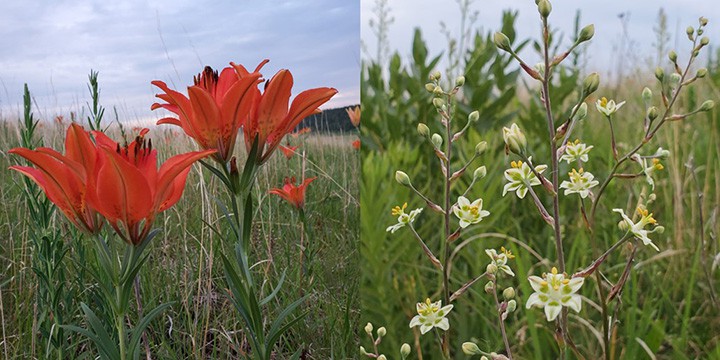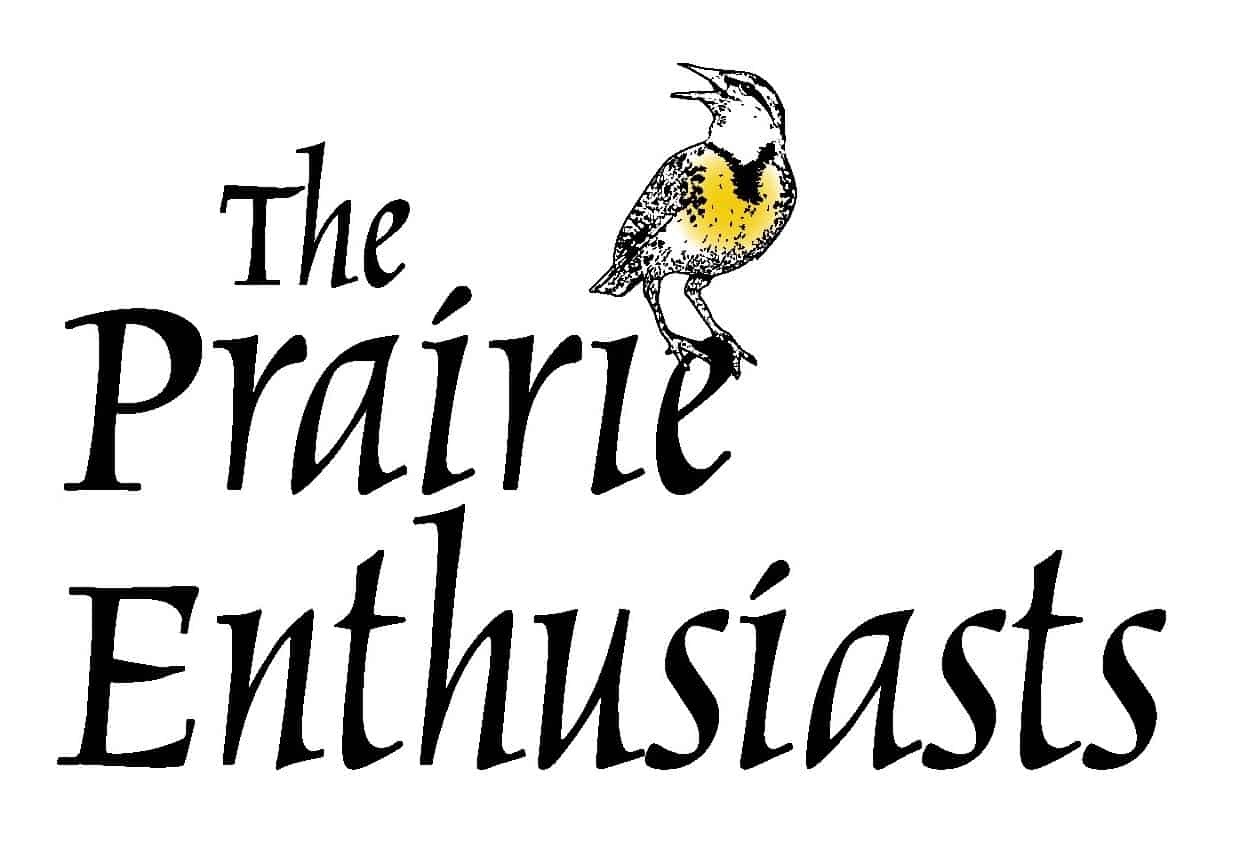Our community of prairie enthusiasts is just as resilient as the prairies and savannas. However, there’s no doubt about it – as grassroots volunteers and leaders, we’re likely all asking ourselves “What’s next?” What’s next for those of us who want to share these special places with others? How do we show-n-tell about the exciting work that we’re doing – the successes, trials, errors, and what we are learning along the way? How do we connect others to the places we love during these challenging times?
While we have been following “Safer at Home” orders, we all want to get outside, take a breath of fresh air, listen to the birds sing, see the prairie flowers blooming and feel warm sunshine on our skin. We especially know the positive impact on our wellbeing when we are out in the natural communities that we care so much about – or connected to them in some way.
Being in nature, or even viewing scenes of nature, reduces anger, fear, and stress and increases pleasant feelings. Exposure to nature not only makes you feel better emotionally, it contributes to your physical well-being, reducing blood pressure, heart rate, muscle tension, and the production of stress hormones. It even reduces mortality, according to scientists and public health researchers. Connections with nature are fundamentally important for our health and happiness, something that few of us would argue with. (A brief, amusing interlude for your viewing pleasure, Nature Rx).

My boss (Scott Fulton) insisted I take a trip up to a nearby TPE Preserve for some very much needed mental health therapy after a very long day in my home office. Photo by Diane Hills
Field trips are a core component of fulfilling TPE’s mission – education about prairies and savannas. Guided tours provide great opportunities to appreciate and showcase the results of TPE’s efforts and share these special places that we love. They provide a way for people to connect to the healing qualities of being in nature as well. In a sense, we also provide a health service.
TPE has been working on ways to offer field trips during these uncertain times. The organization has published a practical guide to safely lead field trips (and work parties), COVID-19 Guide for Event Leaders. We are looking for people to lead field trips now that we can do them safely.
These times also beckon us to be creative, to think outside the box.
For example, a couple of field trip leaders are planning to offer guided walks by appointment, limited to members of one household. The Empire-Sauk Chapter is recommending that people use a long walking stick as a pointer as well as a distancing tool. They have even acquired 6 foot, lightweight plant stakes to loan out. Or maybe, rather than leading a trip that naturally requires people to cluster closely when pointing to a particular species, such as an insect or plant, choose a different theme. Instead, focus on aspects of the larger prairie and savanna landscape, geology and hydrology, sunrise, sunset or full moon night “soundscape” tours. Or perhaps focus on doing photography or art together on the prairie.

Wood lily (Lillium philadelphicum) and death camas (Zigadenus elegans) at a TPE preserve in Dane County, Wis. Photos by Diane Hills
In addition to offering “real world” field trips, what other ways can we educate, show-n-tell our achievements, and connect people with native prairies and savannas? Here are a few possibilities:
- Offering a virtual field trip (live or aired online followed by Q&A with the leader) for those that are unable to leave the house, due to the coronavirus or some other physical limitation
- Developing an online workshop, followed by individual field assignments/explorations
- Produce a slide show or video with a narrative (a story, educational, etc.) or put to music
- Creating educational prairie games (that may or may not also require onsite prairie visits)
Whether it’s using your smart phone or enlisting someone else’s technical help, the results do not have to be perfect. We are all learning and venturing outside the box together as an organization. And who doesn’t love a good “prairie home video”?
The events of the past few months have only strengthened my deep appreciation for what you all do to preserve and share our native prairie and savanna communities and why it’s so important. I’m reminded of what I’ve learned about TPE – we are a community of passionate, dedicated people who care deeply about one another and about our natural world. Now how do we share that with others?
Please contact me if you have any suggestions, need support, or want to “think outside the box” together.

